|
The American economy in trouble
However, for the
time being, the biggest or most immediately pressing issue facing Obama
as he took office in January of 2009 was the nation's economy. The
public debt was approximately $10 trillion, the banks – despite the
huge governmental bailout – were not by any means out of trouble, the
Big Three American auto manufactures were still in deep trouble, and
the economy in general seemed stalled, if not slipping back.
An additional $787 billion in "stimulus"
funding. Obama, immediately upon assuming the presidency, began to move
forward on the assumption that by this time had become holy writ: when
the economy slumps, it is the duty of the government to step into the
economy to stimulate it back to health with government spending
programs (if a Democrat) or tax reductions (if a Republican). Either
way this is supposed to put more money into the hands of the Americans
who then can spend the economy back to health.
But either way, it also puts the
government deeper into debt. But supposedly this is only a temporary
measure; when the economy picks back up the government is supposed to
cut back on its spending or raise taxes back up, or both. But
historically this seldom happens, or does so only marginally.
Upon coming to office Obama immediately
put forward before Congress a proposed American Recovery and
Reinvestment Act, a $787 billion wide-ranging economic stimulus
package, which included federal spending for expanded unemployment
benefits, health care, green energy, education, infrastructure
development and various job creation programs. This was in addition to
the $700 billion recovery program put into effect by Bush during his
last days in the presidency.
Republicans balked at the new measure,
seeing this not merely as a way to put more money back into the
economy, but a sure and certain path to a state-managed economy or
"Socialism." But with a Democratic majority in both houses of Congress,
approval of Obama's stimulus package was quite certain. In late January
the measure passed 244-188 in the House, in an almost perfect
Democrat-Republican split, and in early February 61-37 in the Senate,
also almost completely along Democrat-Republican Party lines. Obama
signed the bill and it became law on February 17th.
The troubled auto industry
Meanwhile the situation facing the
automobile industry worsened. In mid-February both General Motors and
Chrysler came to Washington looking for $20 billion in additional
federal funding in order to stay afloat. The companies promised to slim
down by closing five plants and 50 thousand jobs and dropping 15 car models
from production. They would also shut down hundreds of local
dealerships. Then in April Chrysler filed for bankruptcy, announcing
also that the company would be entering into partnership with Italy's
Fiat corporation; Fiat would hold 20 percent of the company's stocks,
expanding to 35 percent and then 49 percent as the company rebuilt.
General Motors filed for bankruptcy at the beginning of June. As a
result, the U.S. government took 60 percent control of General Motors
and the Canadian government 12.5 percent, with the rest going mostly to
the labor unions. The original stockholders in the company were left
out in the cold.
To encourage the auto industry, in June
(2009) Obama signed the Car Allowance Rebate System or "Cash for
Clunkers" which encouraged Americans to trade in their gas-guzzling
American SUVs for new, more fuel-efficient cars, offering them vouchers
to be used toward the purchase of the new cars, varying from $2500 to
$4500 depending on the amount of the fuel economy improvement in the
exchange. Cars traded in could not be resold as used cars but had to be
scrapped.
The program was to run from July to
November but ran out of the allotted $1 billion in federal funds before
the end of July. Congress subsequently extended the fund by an
additional $2 billion, which ran out by the end of August, thus finally
ending the program.
Bigger winners in the program were the
Japanese and Korean cars (the Japanese had a similar program but one
which excluded American cars), which actually increased their share of
the U.S. market.
One of the additional negative side
effects for American consumers was that the program took out of
circulation hundreds of thousands of used cars that poorer Americans
counted on buying as their personal transportation. But with Obama
supposedly being a champion of America's poor, nothing was really said
about this new hardship for the American poor caused by Obama's Cash
for Clunkers program.
Also a study later revealed that the
overall effect of the program ultimately produced a loss of $1.4
billion in car value when compared to the supposed benefits of
increased fuel efficiency.
The government's Troubled Assets Recovery
Program (TARP) initiated under Bush during his last days in the
presidency seemed to meet its objectives better than most had expected.
This was a buyout program originally limited to troubled real estate
mortgages and other troubled real estate assets, although Bush
had expanded it to include the troubled auto industry as well. The purpose
was to allow the Federal government to buy failing companies (at a
reduced stock price) rather than let them fail altogether. These
companies were then to restructure themselves to be more efficient, and
then find buyers (corporate and personal) for new stock. The long-term
expectation was that as these corporations returned to health, they
would be able to buy themselves back from the government.
As it turned out, of the $700 billion
originally authorized for the purchase of these troubled corporations
only about $300 billion was actually disbursed in the government buyout
of these corporations. Further, the corporations over the next two
years were able to buy themselves out of indebtedness to the government
by almost $175 billion. The program ended up costing far less than
expected, and the country stood to gain profitably as other companies
completed their repurchase (with interest).
There
were however some troubling issues
that accompanied TARP. One of the biggest was the use of TARP moneys to
pay the bosses of these troubled corporations the huge compensations
that they were used to getting. Obama put a cap of $500 thousand on
executive compensation, though it seems that promises were made
nonetheless to executives to reimburse them lost compensation once the
companies were back on their own feet. Similar to that was concern that
this money was being used to award dividends to preferred stockholders,
rather than buy back the warrants or obligations owed the U.S.
government.
Overall despite the rescue of a number of
American corporations from bankruptcy, and billions pumped into the
economy in the form of government spending of various programs, over
the next two years the economy registered minimal growth: negative in
2009 and only 2.5 percent increase as of September 2010. Unemployment
remained very high, rising from 9.4 percent of the working age
population in 2009 to 9.9 percent in 2010. If those with only part-time
employment and those who seem to have given up looking for work
altogether were factored into the recorded unemployment rate, that
figure would be 15.9 percent.
| 
 Stimulating
the economy
Stimulating
the economy
 Putting
some brakes on run-away financial speculation
Putting
some brakes on run-away financial speculation
 The rapidly rising federal debt
The rapidly rising federal debt





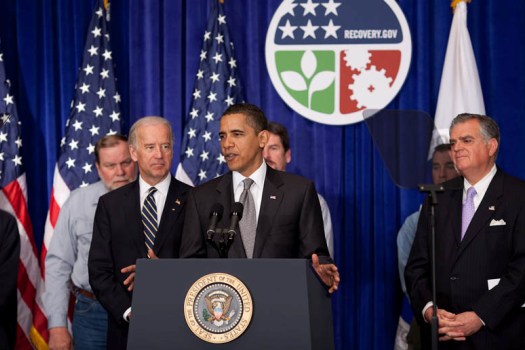


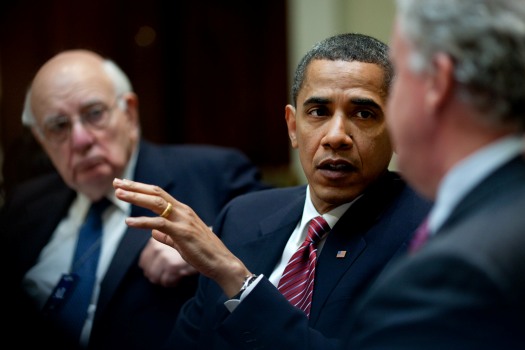
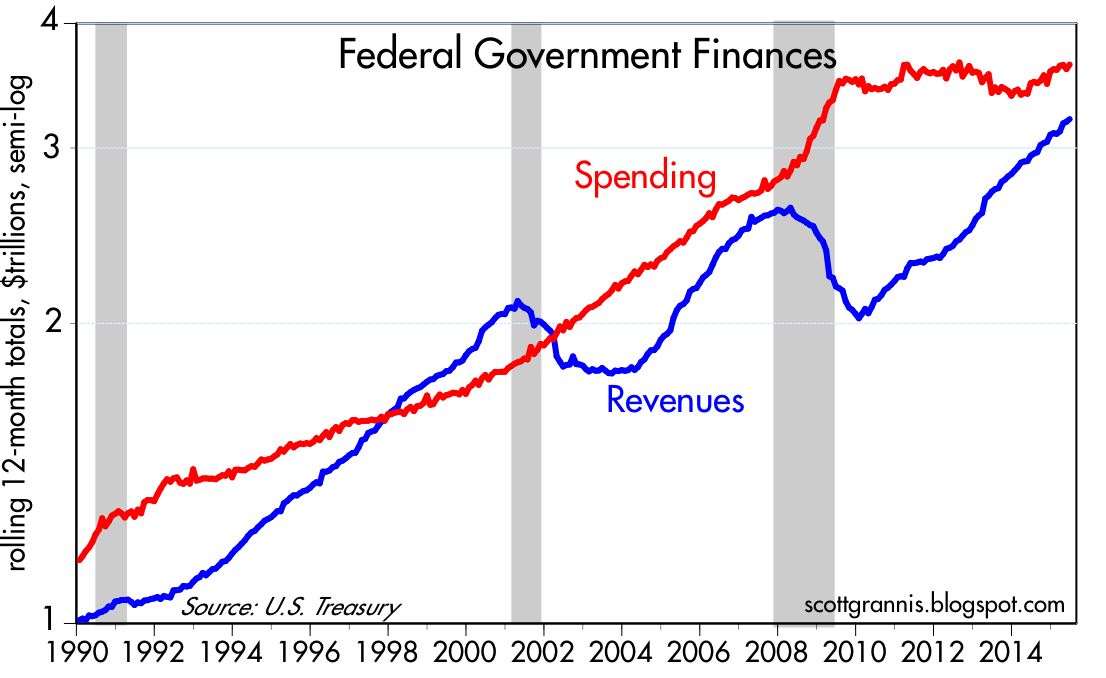
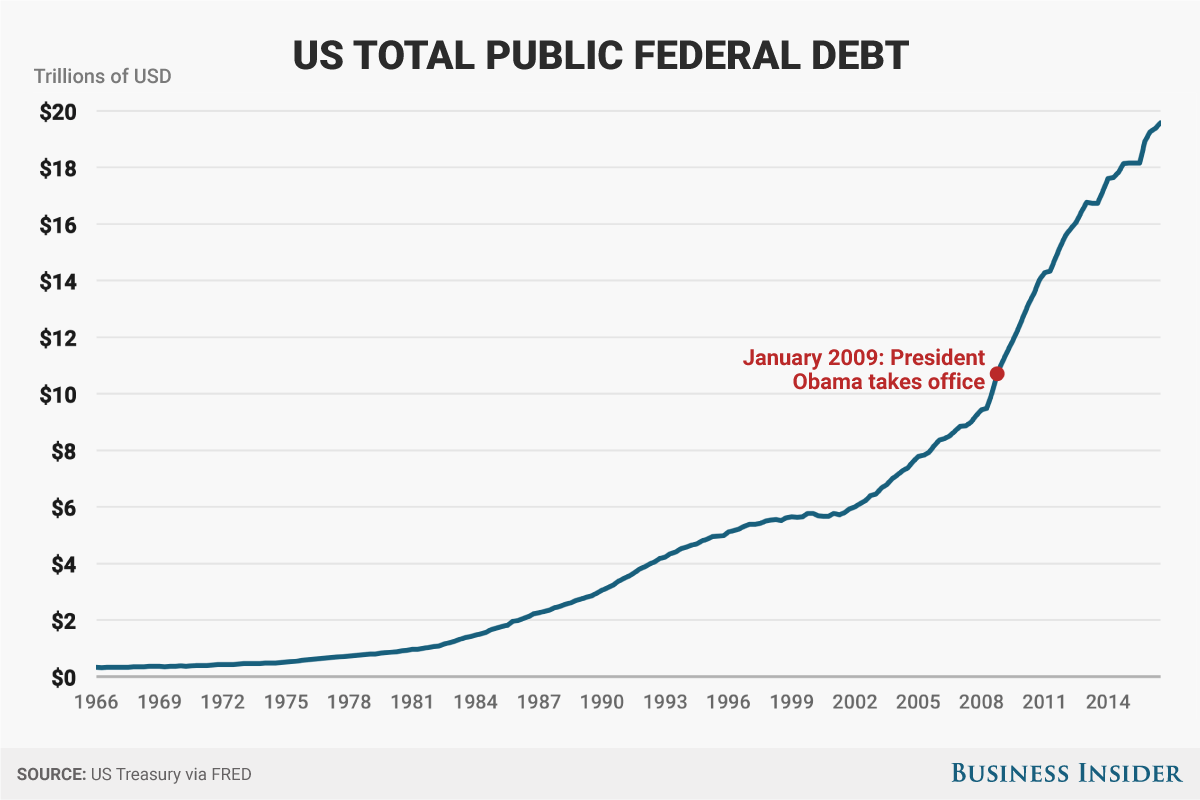
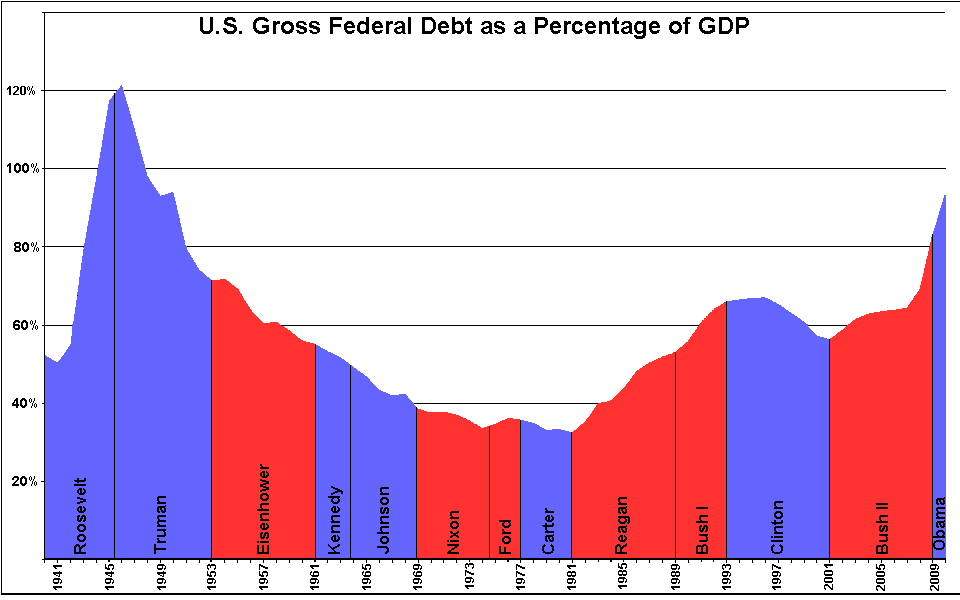
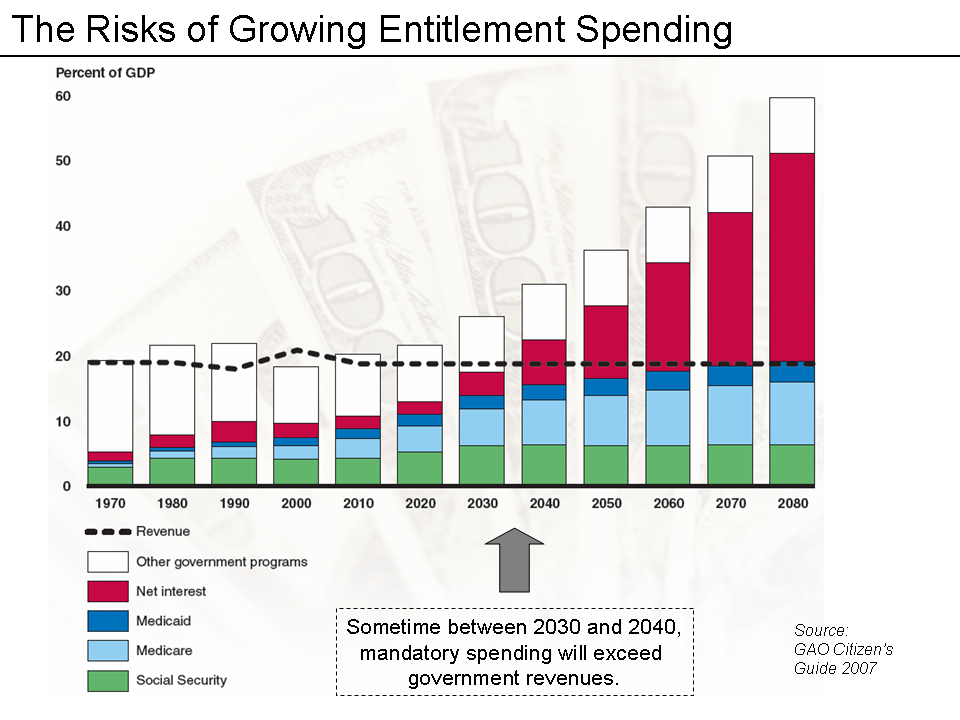
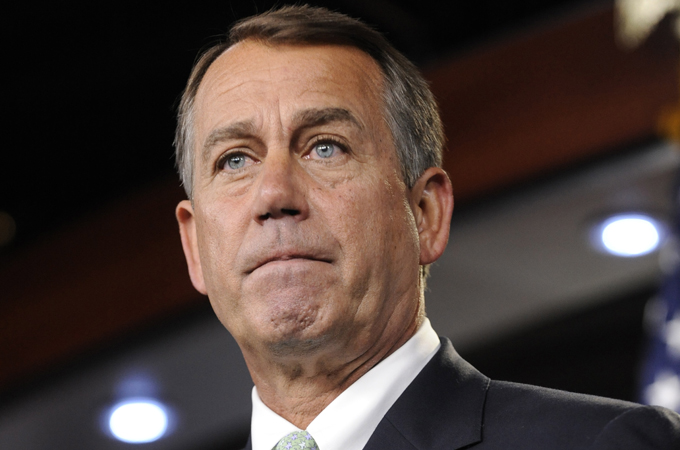
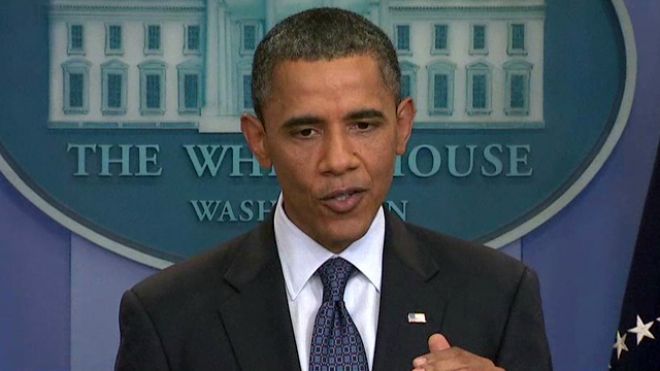
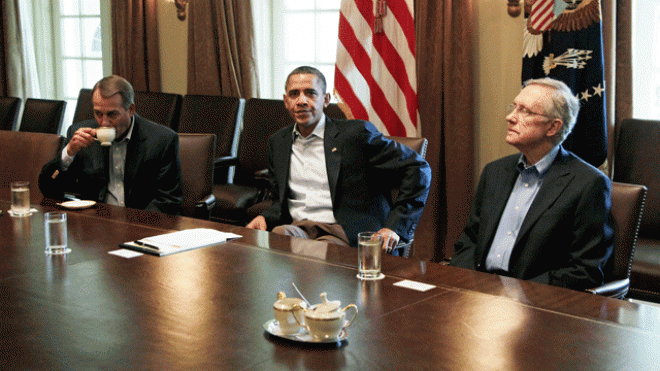
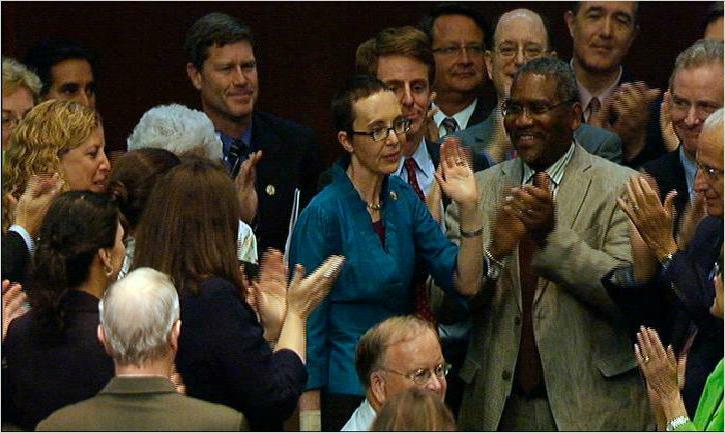


 Miles
H. Hodges
Miles
H. Hodges